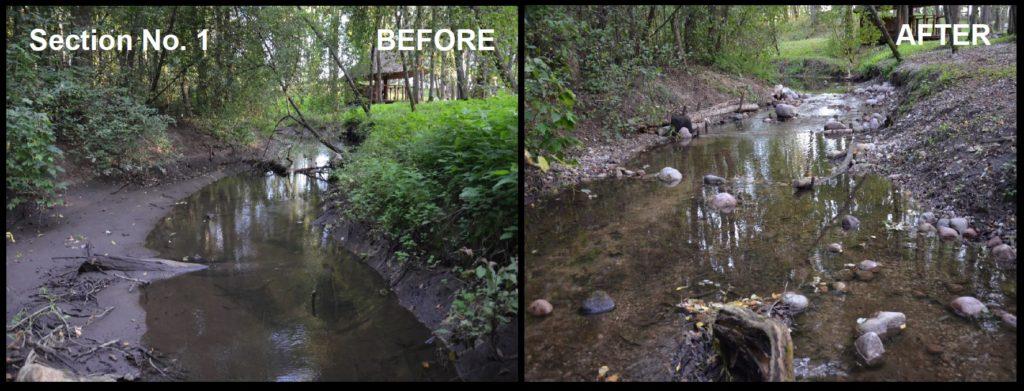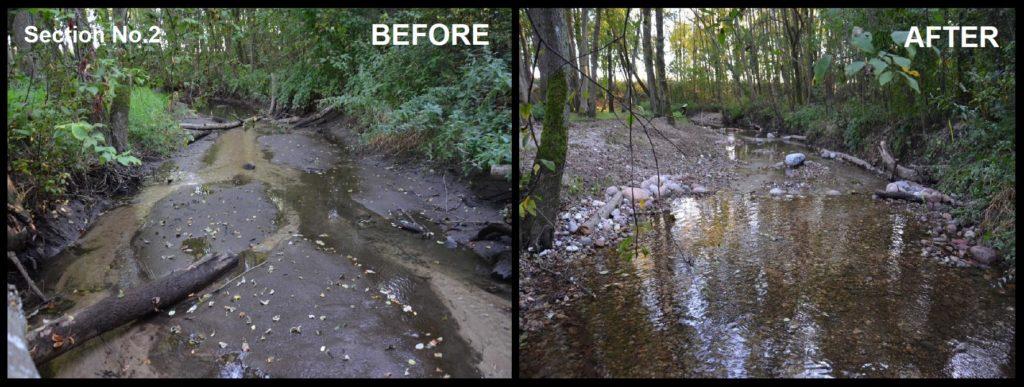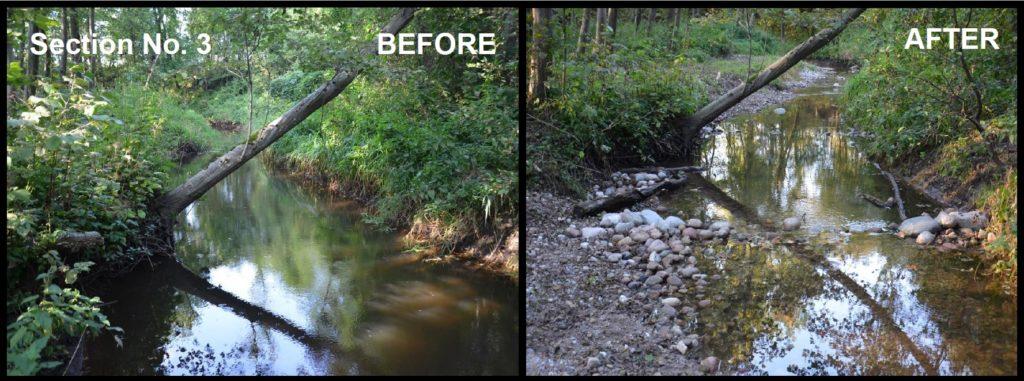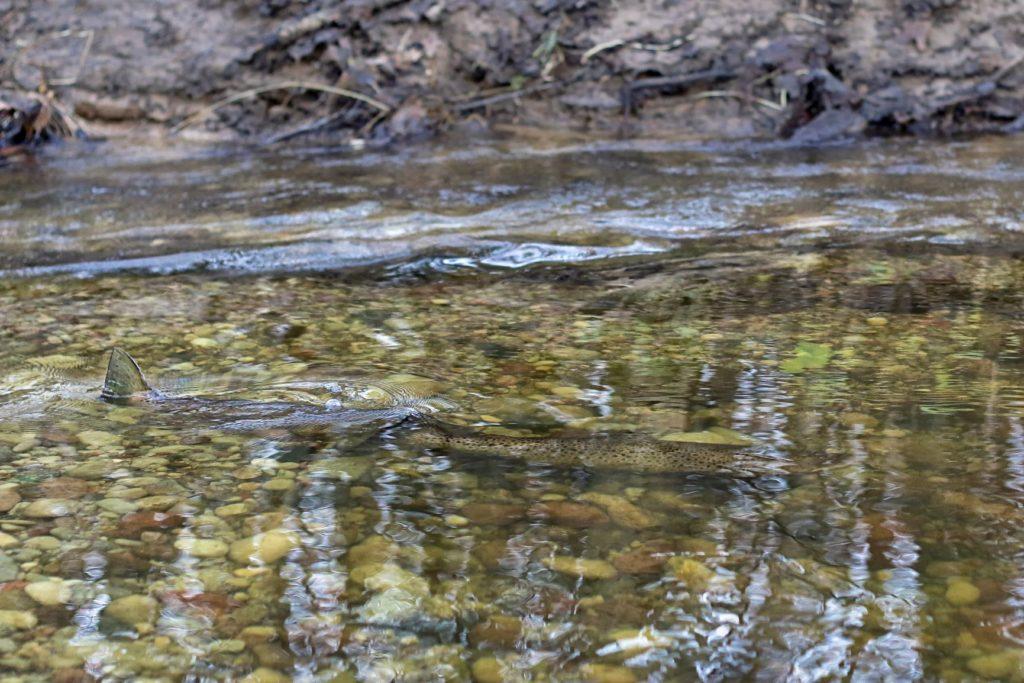
©Piotr Wawrzyniuk – stock.adobe.com
Sea trout are reproducing again in parts of the Smeltalė river in Lithuania after a successful restoration exercise under the Baltic-wide RETROUT project.
“We counted 13 new sea trout nests within only two months after the restoration work was finished,” said Nerijus Nika from Klaipeda University, one of the partners responsible for the Lithuanian river restorations within RETROUT, further noting that the specifically created reproduction sections, or spawning habitats, were all intensively used by sea trout. The restoration work was completed in September 2019.
RETROUT carries out a number of river restoration demonstration cases in the project partner countries to improve the condition of sea trout populations.
“For viable and healthy sea trout populations, we need healthy and accessible rivers. Unfortunately, many rivers potentially suitable for sea trout aren’t yet in the condition we’d like them to be,” said Henri Jokinen, the RETROUT project manager at HELCOM.
In Lithuania, the rehabilitation started with the creation of a system of meandering shallow ponds in an area of the Smeltalė river previously purposed as a surface flow treatment wetland for improved water quality.
Since its construction 20 years ago, the wetland hadn’t been maintained, accumulating excessive sediments from defaulting sedimentation ponds as well as suffering from excessive vegetation on its banks.
In addition, a 500 m section was modified in the Smeltaitė stream, a main tributary of Smeltalė river, using stones, gravel and logs to create three 50 m long spawning and juvenile rearing habitats.
“According to local experts, such habitats are spawning hot spots for salmonids and lampreys in lowland streams of Lithuania,” said Jokinen. Indeed, all three created spawning habitat sections were intensively used by sea trout only two months after completion.
In the Smeltaitė stream, the two biggest trout nests – of 7,5 m2 and 10 m2 – were found in the restored stretch, in habitats pre-evaluated to be of high priority for sea trout females. One of these sites was constantly occupied for 1.5 month by up to five different trout, a rather unusual spawning behaviour.
With special focus on sea trout, the RETROUT project seeks to promote and develop sustainable coastal fishing tourism in the Baltic Sea region. RETROUT initiated 15 restoration cases in coastal rivers of Estonia, Lithuania, Latvia, Poland and Sweden. Measures under the project cover fishways, biotope restorations, water quality improvement, and dam removal plans.
In the RETROUT project, HELCOM leads the work package on Assessment of status and management of sea trout rivers and stocks which focuses mainly on the ecological aspect of trout fishing, notably through assessing fish stock and river habitat status, and by evaluating river restoration practices to improve trout populations.
The main results will be published as an assessment report and as a toolbox of best practices and guidelines for river restoration in the Baltic Sea.
“In addition to improving the actual condition of a river, the experience we get from these demonstration cases will help us to develop the ‘Guidelines for river restoration best practices in the Baltic Sea region,’ another major outcome of the project,” said Jokinen.
The restoration of the Smeltalė river was conducted by the Klaipeda District Municipality Administration, with technical and scientific support from the Klaipeda University.



Photos from Smeltalė river, Lithuania. © Nerijus Nika

Two sea trout in their newly restored habitat. © Tomas Ruginis
